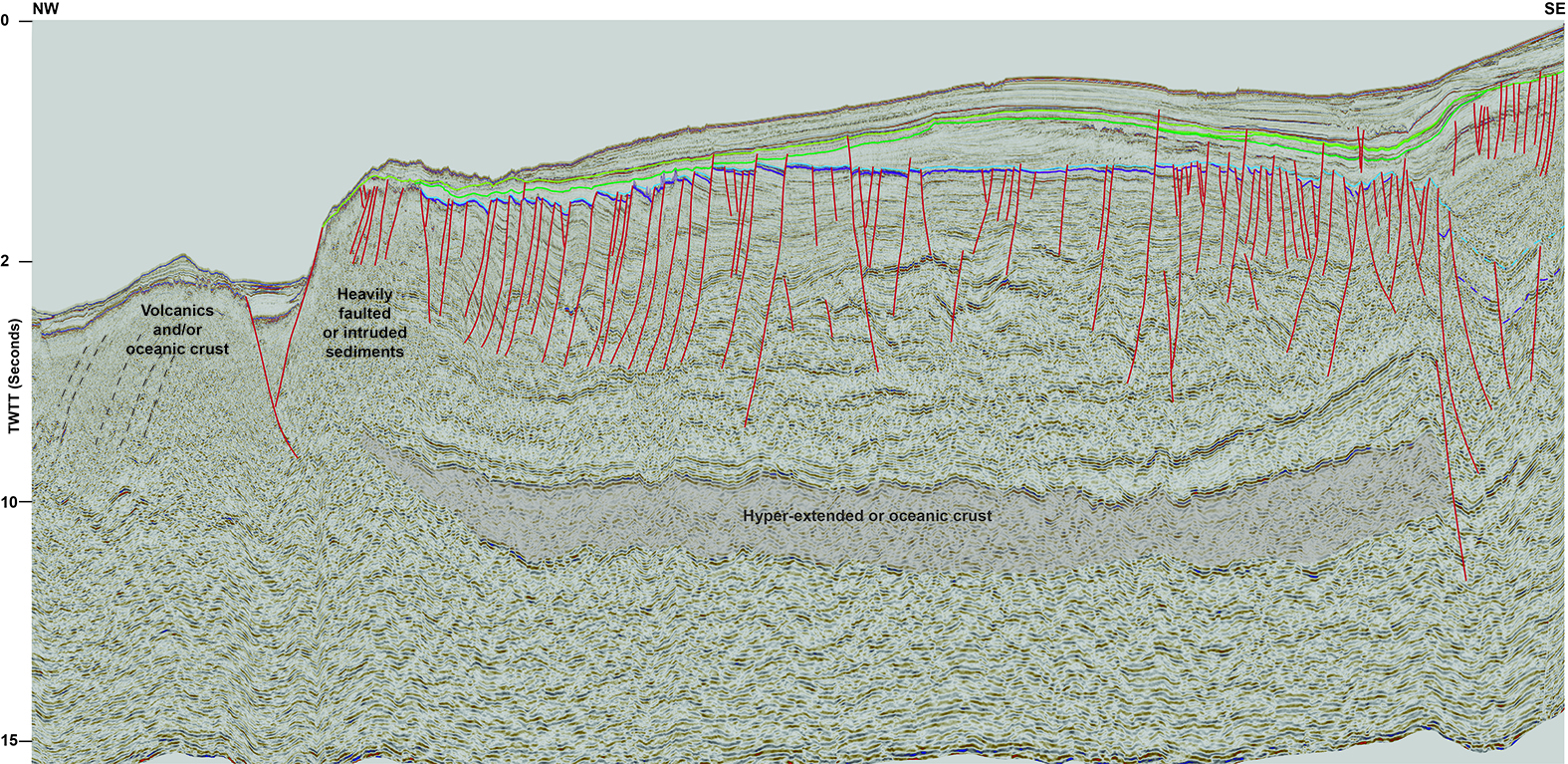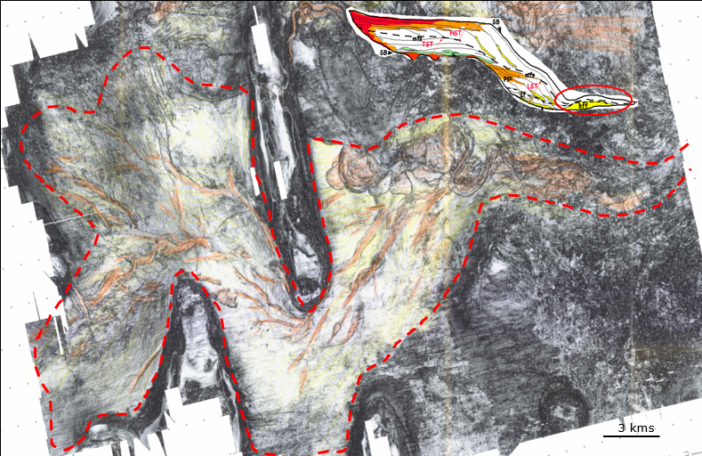
- This event has passed.
LIVE WEBINAR – What makes the North West Shelf an unusual continental margin?
Tuesday, 2 November, 2021 @ 11:00 am - 12:00 pm (Australia/Perth time)
Free – $10.00
Kindly supported by Rock Flow dynamics 
This live webinar will take place at:
11am – Perth
12.30pm – Darwin
1pm – Brisbane
1:30pm – Adelaide
2pm – Canberra, Hobart, Melbourne, Sydney
Use the calendar link on this page to add this event in to your own calendar at the correct local time for your location.
Tickets are free for members (please log in to see this) and $10 for non members.
Please buy your tickets and immediately follow the link in the ticket e-mail (not the calendar invite or this webpage, which is just generic and not event specific) to set up your registration with the webinar software well in advance of the time of the talk. Once registered with the webinar software you will receive a reminder e-mail 1 hour beforehand.
What makes the North West Shelf an unusual continental margin?
Presented by Chris Elders
Abstract
The continental margins of the Northern Carnarvon and Roebuck Basins are unusual in that they are abrupt – both in terms of changes in bathymetry and in the rapid transition from continental to oceanic crust. Although there is probably no such thing as a “typical” continental margin, many margins evolve from intra-continental rifts to passive margins through phases of stretching, thinning, hyper-extension/exhumation and seafloor spreading. This results in the progressive development of proximal domains, characterised by distributed faulting in the upper crust, uniform lithospheric thinning and relatively small amounts of crustal extension; necking domains, characterised by localisation of strain onto large offset detachment faults; and coupled domains, characterised by further localisation of strain onto detachment faults which cut the entire lithosphere, resulting in hyperextension, exhumation and magmatism. The present day margins of the Northern Carnarvon and Roebuck Basins are characterised by a broad proximal domain, but show very little evidence of necking domains or coupled domains, such as are evident in the Great Australian Bight.
Other margins evolve through more discrete phases of initial rifting, rift failure and rift migration, in which each phase of deformation results in modification of the thermal properties, composition and structure of the lithosphere, all of which contribute to the wide range of architectures, structural styles and stratigraphy exhibited by continental margins. With its well-established lengthy history of extension, the North West Shelf is a prime example of polyphase evolution. We suggest that a failed Permian rift propagated across the Northern Carnarvon Basin and into the Roebuck Basin. The modification of the crust strongly influenced subsequent Mesozoic deformation, and likely influenced the subsidence mechanism responsible for the accumulation of thick sequences of Triassic sediments. As noted by previous workers, necking and hyperextension occurred during the Permian rift event, obviating the need for the development of such structures during Mesozoic extension, explaining the unusual geometry of the margin. A failed rift, but with continued offset rifting further to the north and east in the Browse Basin, provides a mechanism for the creation micro-continental fragments, the separation of which is another unusual feature of this margin.



